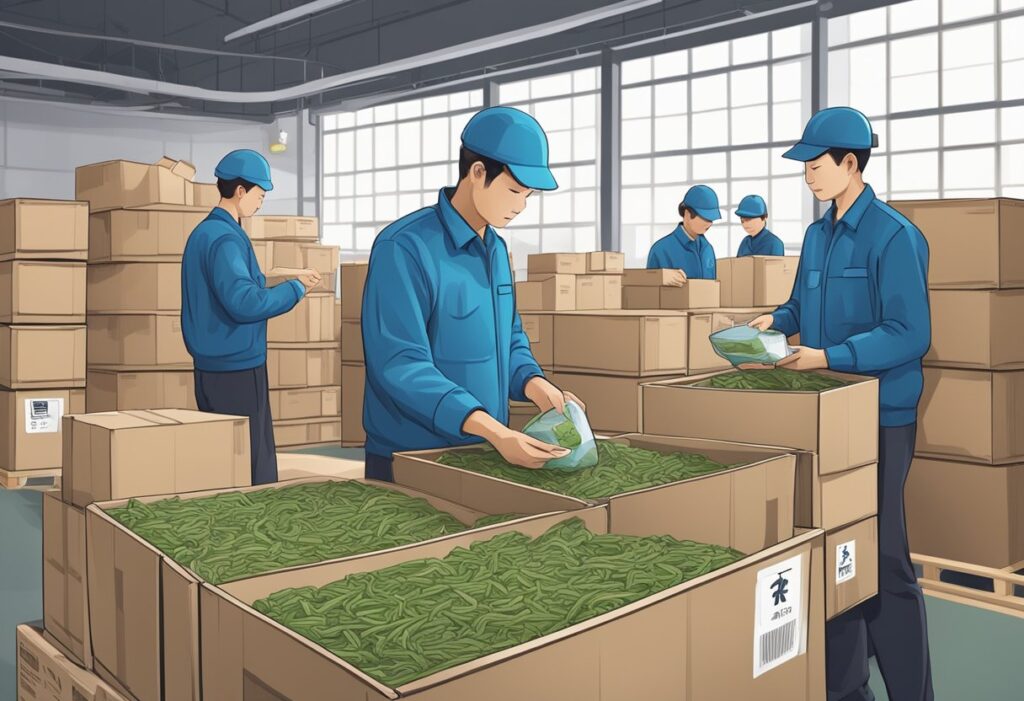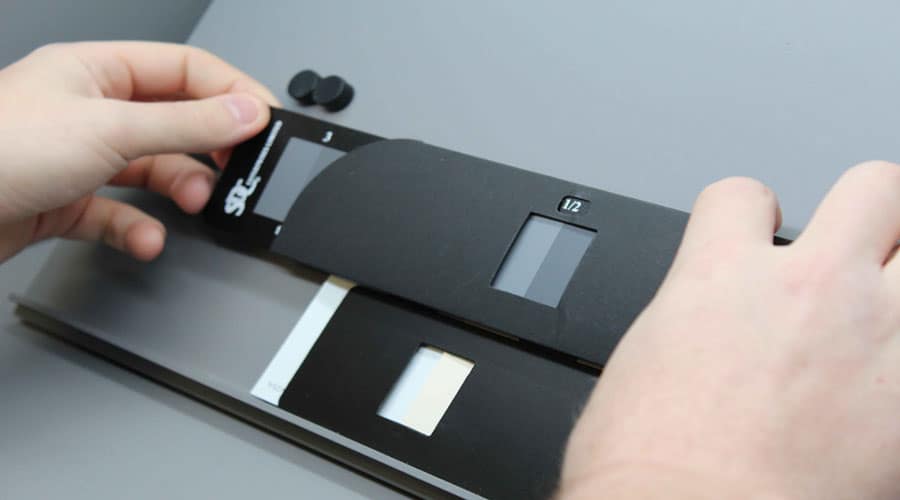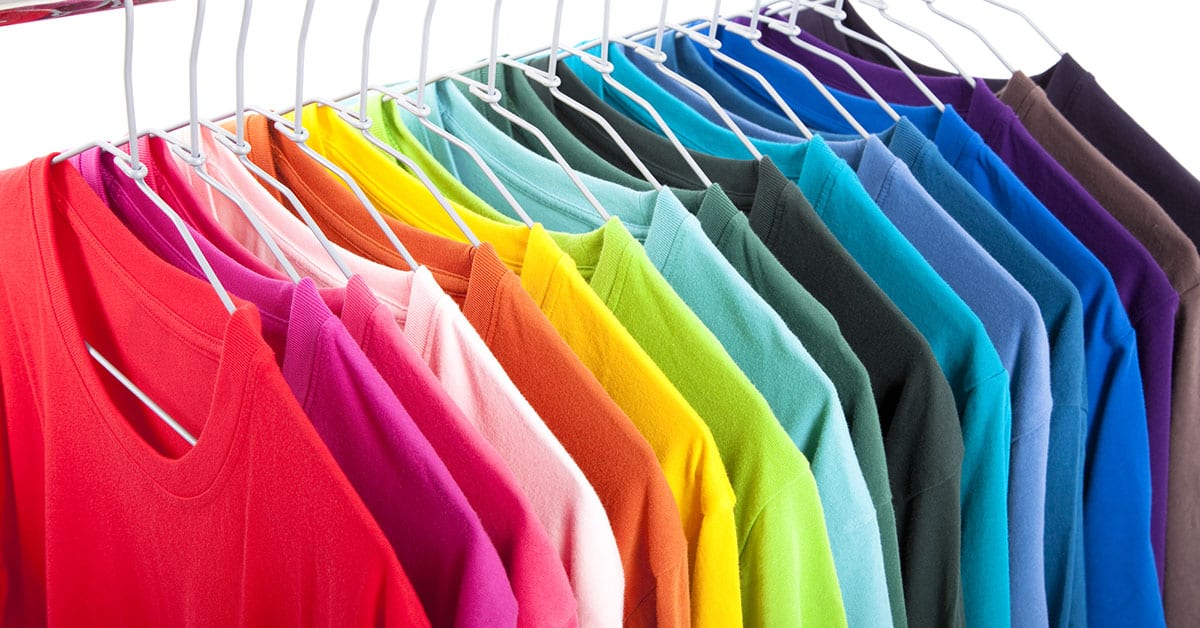December 14, 2023
Global Recycling Standard: What You Need to Know
The Global Recycling Standard (GRS) is a certification standard that helps importers and manufacturers ensure that their materials are recycled
Read MoreDecember 14, 2023
The Global Recycling Standard (GRS) is a certification standard that helps importers and manufacturers ensure that their materials are recycled
Read MoreNovember 30, 2023
Chinese CE Marking is a certification mark that indicates that a product has met the health, safety, and environmental protection
Read More
November 29, 2023
CE compliance is a critical aspect of selling products in the European Union (EU) and other countries that require adherence
Read More
November 27, 2023
RoHS compliance is a critical requirement for any company that produces or sells electronic products in the European Union (EU)
Read MoreNovember 27, 2023
EN71 Compliance is a set of toy safety standards established in the European Union (EU) to ensure the safety of
Read More
December 18, 2021
Do you want to know about inspection tools and how these can be used? Go nowhere else as we have
Read More
October 20, 2021
Do you have any idea what is color fastness? Why in the industry of textile and fabric do we need
Read More
March 7, 2020
If you’ve just started importing from a foreign country. Chances are that you are already flooded with masses of information.
Read MoreSeptember 13, 2019
In case you have just the bit of experience in shore side production, you would be acquainted with how hard
Read MoreAugust 22, 2019
Shoes are among those items of dressing that are not only required by consumers to be fashionable but also highly
Read More